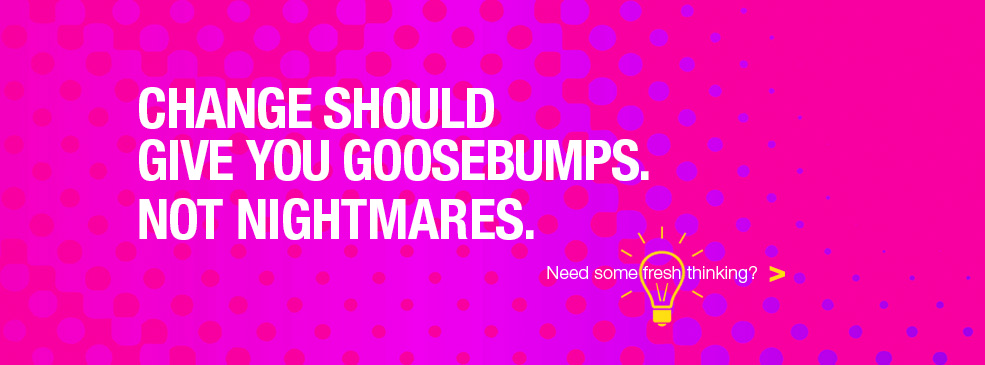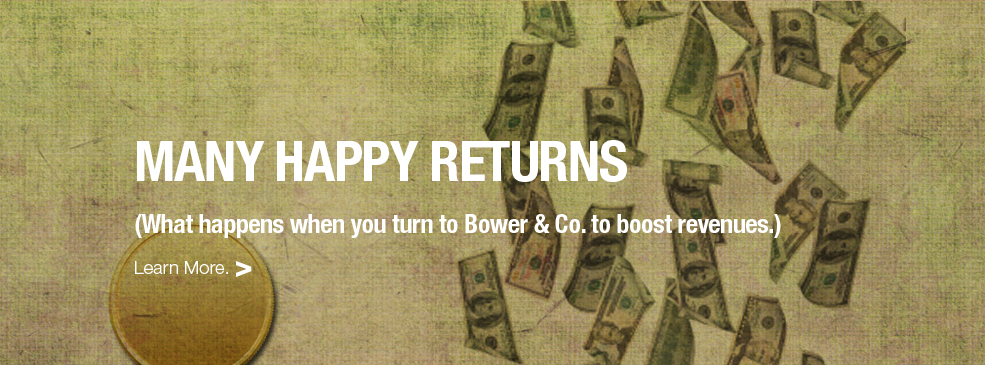Is Graphic Design Important?
By Gail S. Bower
If a well-intentioned guest arrived at your annual gala wearing sweatpants, ratty shoes, and clearly had not put comb to hair, what would your impression be?
Not so good, right?
“But wait,” this guest might say, “I really mean well. I really contribute to society.”
Too late. Your impression is already formed.
This subtle dynamic is exactly what is at play when organizations think they can save money by designing something without the services of a graphic designer. The piece may be functional, but it may leave a negative impression, or worse, may not even be read.
“You get one chance to make a good impression,” says Joe Rademan, of Rademan Design. “There is no better way to do it visually than through quality graphic design.”
We live in a culture in which we are bombarded constantly by information and commercial messages. Every company, for-profit or non-profit, clamors to rise above the bombardment. Quality graphic design is one way to help put the odds in your favor.
Why is graphic design important?
Quality graphic design improves your marketing materials in many ways. First, a well-designed piece, whether that piece is printed or media, like your web site, will support and enhance your message using visual language.
We perceive information on many levels, both verbally and non-verbally. Graphic design conveys a sense of your organization in a visual and non-verbal way.
Graphic designers also enhance the readability of your materials. They will select colors, typefaces, sizes of text, and imagery, then lay out these materials in a way that guides the readers eye through the messages.
“It’s packaging,” said graphic designer Sharmi Patel. “An organization may have great ideas and great goals, but a graphic designer can put them together in a way that is appealing, that enhances consumer perception.”
How do you know if the design is good?
When you work with a graphic designer, usually he or she will present a couple concepts to meet your goals. Deciding which one is best is rather subjective, but your best guide is your own instincts.
How do you feel about each concept? Is the concept visually appealing? Is it clean and uncluttered? Does the information flow? Is it organized and easy for people to read? How do the colors feel to you? Do these concepts reflect your organization?
Patel suggests: “Do you want to pick it up and read it? What is pleasing to your eye?”
Once your organization establishes its visual look or identity, it’s important to be consistent.
“Create graphic standards,” said Michael Nix, creative director and professor, “and don’t reinvent the wheel for ongoing pieces, like newsletters, event calendars, and letterhead. Having a signature look is critical.”
What are the best ways to work with a graphic designer?
When you hire a graphic designer, review with him or her:
• the goals of the project
• the desired action you need to achieve from the piece
• who the target audience is
• your budgetary parameters
• what components, such as copy, photography, illustrations, charts, required logos, are available
• deadlines
• how the piece will be mailed
• and most importantly, how you want your organization to be reflected.
Your organization’s marketing communications materials need not win design awards or even break the budget to be effective. Well-designed pieces, however, will get attention and response.
 Graphic Design | in
Graphic Design | in  Marketing |
Marketing | 







Reader Comments